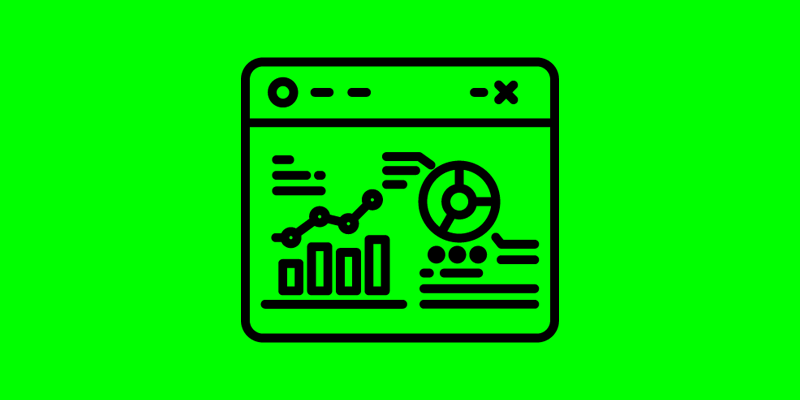Turning Data into Insights
In the age of Artificial Intelligence (AI) and Data Science, the ability to interpret and communicate data effectively is paramount. This is where data visualization comes into play. In this article, we’ll discuss the importance of data visualization in AI, various techniques, and tools that can help turn complex data into actionable insights.
The Power of Data Visualization in AI
Data visualization is the graphical representation of data to reveal patterns, trends, and insights that might otherwise remain hidden in a sea of numbers. In the context of AI, it serves several crucial purposes:
- Simplifying Complexity: Algorithms often process vast datasets. Visualization simplifies complex data, making it understandable and interpretable
- Decision Support: Data visualization aids in decision-making by providing a clear understanding of the data’s implications
- Identifying Anomalies: Visualization can quickly highlight outliers or anomalies in data, which are essential in anomaly detection AI systems
- Communication: Data visualization helps communicate findings to non-technical stakeholders, such as business leaders or clients
Common Data Visualization Techniques
- Bar Charts and Histograms: These are ideal for displaying discrete data, such as counts or categories. Histograms are useful for understanding the distribution of continuous data
- Line Charts: Perfect for showing trends over time, line charts are often used in time series analysis, which is crucial in AI forecasting
- Scatter Plots: Scatter plots visualize the relationship between two continuous variables, making them valuable for correlation analysis
- Heatmaps: Heatmaps are effective for displaying large matrices of data, showing the intensity of relationships between variables
- Box Plots: These are useful for visualizing the distribution of data and identifying outliers
- Pie Charts: Although controversial, pie charts can effectively display parts of a whole, such as proportions or percentages
- Tree Maps: Tree maps are excellent for displaying hierarchical data, making them useful for visualizing data with multiple levels of categorization
Advanced Data Visualization Techniques
- Interactive Dashboards: Tools like Tableau and Power BI allow you to create interactive dashboards that enable users to explore data dynamically
- Network Graphs: Network graphs show relationships between entities, making them valuable in AI applications like social network analysis
- 3D Visualization: When dealing with multidimensional data, 3D visualization can provide a deeper understanding of relationships between variables
- Geospatial Visualization: Mapping data onto geographic regions is vital for applications such as location-based recommendation systems
- Word Clouds: In Natural Language Processing (NLP), word clouds are used to visualize the most frequently occurring words in a text corpus
Data Visualization Tools for AI
- Python Libraries: Python offers powerful libraries like Matplotlib, Seaborn, and Plotly for creating a wide range of visualizations
- R Programming: R is known for its exceptional data visualization packages, including ggplot2 and lattice
- Tableau: Tableau is a popular choice for creating interactive, shareable dashboards
- Power BI: Microsoft’s Power BI is an excellent tool for data visualization and business intelligence
- D3.js: For custom and highly interactive visualizations, D3.js is a JavaScript library often used by web developers
Best Practices in Data Visualization for AI
- Know Your Audience: Tailor your visualizations to the knowledge and needs of your audience. Executives may require high-level summaries, while data scientists may need detailed charts
- Simplicity is Key: Avoid clutter and unnecessary complexity. Keep visualizations simple and focused on the message you want to convey
- Use Color Thoughtfully: Color can enhance or detract from a visualization. Use it purposefully and consider accessibility for colorblind individuals
- Label Clearly: Ensure that axes, data points, and categories are appropriately labeled to avoid confusion
- Tell a Story: Use visualizations to tell a story or convey a message. Provide context and insights rather than just presenting raw data
Bridging the Gap Between Data and Understanding
Data visualization is an indispensable tool in the AI and Data Science toolkit. It bridges the gap between complex algorithms and human understanding, enabling better decision-making and communication. Whether you’re a data scientist, researcher, or business professional, mastering data visualization is essential for extracting valuable insights from the vast sea of data in the AI era.
Incorporate data visualization into your AI projects, choose the right techniques and tools, and you’ll not only enhance your ability to understand your data but also to convey its significance to others
